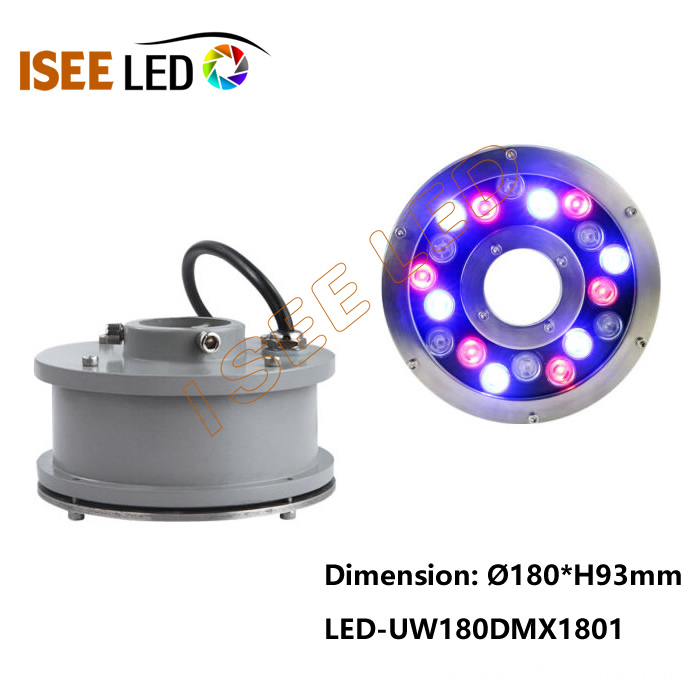Inventory emerging network technologies that can subvert the giants
In the online world, new trends and technologies have been leading, many of which are just new bottled old wines, and do not focus on the basic requirements for efficient operation of the corporate network. It doesn't matter if the network is inside the enterprise, or in another data center or public/private cloud. It is important to deploy new related technologies to improve network operations. Let's take a look at these technologies and the products that some of the more mature vendors have rebuilt. Virtualized cloud computing One area of ​​focus is the convergence of networks and storage, in part because of cloud computing and virtualization. While large vendors (including Dell, IBM, Cisco, EMC, and Hewlett-Packard) are involved, many other vendors have emerged. For example, Cirba is focused on optimizing input/output (I/O) for virtualized management systems and deployments. The vendor believes that enterprises often do not consider I/O when deploying virtual machines, which may result in uneven load between physical hosts. When network attached storage (NAS) or other storage technologies send disk I/O over the network, Cirba mode combines I/O to intelligently balance the load and minimize the pressure points that can occur. The result is a safe increase in virtual machine density while minimizing the risk of resource contention. Another move comes from virtualization systems (hardware to software), which is a combination of cloud computing and virtualization. For example, Avere has just launched a NAS product that can deploy and scale computing in the cloud while using both on-premise and cloud-based storage resources. The idea here is to connect nodes between computing clouds, storage clouds, and internal storage without affecting security, worrying about security issues or IT overruns. This is a software product that runs in the compute cloud and in applications, provides low-latency access to active data, and lets applications run at peak performance. Pluribus Networks is another company that is trying to consolidate all network and computing elements by using the distributed network hypervisor operating system Netvisor to consolidate computing, networking, storage and virtualization. Based on open computing and open network technologies, this is designed to enable organizations to better support application performance service level agreements (SLAs) while reducing operational and capital expenditures and accelerating service deployment. Examples of moving from IT-centric to customer-centric products include Virtual Instruments' VirtualWisdom4 infrastructure performance management platform for physical, virtual, and cloud computing environments. This technology has recently been applied to the Morrisons supermarket chain. Simon Close, the retail company's storage manager, said: "The Virtual Instruments platform has evolved from an engineer-type system to a more customer-centric system." Morrisons is passionate about integrating large storage vendors into a single vendor and a single SAN environment, VirtualWisdom Located in the middle to ensure and guarantee application and data performance and response time, as well as usability. Traditional tool modernization Another transition technology is the Application Delivery Controller (ADC), according to Greg Howett, CTO of the ADC provider jetNexus, which was previously a hardware device designed to be configured and managed by expert system engineers. "Load balancers are a basic requirement for everyday application stacks such as Microsoft Exchange and Lync, network-based customer relationship management (CRM) and enterprise resource planning (ERP) applications, and external customer-facing websites. Therefore, load balancers It should be easy to deploy, easy to configure, and manage. Not only does the graphical user interface (GUI) be designed for IT administrators, it is also the product that is primarily sold as a virtual appliance, a purely software appliance. Sunrise Software's newly released IT Service Management (ITSM) application, Sostenuto, reflects the trend of mobile networks to users rather than engineers. Again, this interface is designed for IT administrators, not IT professionals, with fairly simple features such as gamification. Re-manage the network Network management is being recreated. For example, Sideband Networks' XRE/vXRE system for network performance management correlates real-time traffic with recorded network traffic, providing a single point of management regardless of wired/wireless or local area network/WAN characteristics. This system provides analysis of network traffic up to 40 Gbps, while targeting physical and virtual planes, and providing intelligence to provide real-time alerts and actions on network issues. It can be used as a dynamic network discovery tool for network mapping and can go deep into the performance. Emerging SDN market Patrick Hubbard, Technical Product Marketing Manager at Solarwinds, is well aware of the situation in this area. Software-Defined Networking (SDN) attracts all traditional startup venture capital, and several companies in the SDN controller market are competing for the first time. Plexxi and other pure SDN companies are pushing standards and deployments, while Big suppliers are funding a variety of split companies to accelerate innovation, such as Cisco's Insieme. Therefore, there are still many cutting-edge technologies and vendor-specific methods in this market, and the established standards have not yet been determined. For network management software vendors, existing systems can be easily extended by SDN after the standards are determined by the actual deployment of the market. Progress in the wireless field Wireless is another area of ​​innovation - beyond the basic Institute of Electrical and Electronics Engineers (IEEE) standard deployment. This is mainly about two specific aspects, carrying your own device to the workplace (BYOD) technology and Wi-Fi in the cloud. The former means that a truly wireless, wired-like infrastructure must be deployed. Wi-Fi technology company Xirrus has an array-based system designed to effectively replace wired networks. After all, iPads and smartphones will make Ethernet switches redundant. This means that the scale of Wi-Fi deployment is getting bigger and bigger. Usually larger mature suppliers identify new technology areas, while smaller suppliers are filled with new technology areas. In the cloud computing, virtualization, application management and other markets, we have a lot of new suppliers to lead the market and bring the actual products to users. So while the Internet giant is guiding the trend, in reality new suppliers are really focusing on delivering products.
Underwater LED Light is what can be Underwater Pool Lights, IP68 waterproof underwater lights for pool, fountain decoration. With stainless steel body and tempered glass to make it anti-corrosion and heat dispel well. the underwater lights is dmx 512 controllable which work together with fountain to make a beautiful waterscape at night.
Photo show of Underwater Led Light:
Underwater LED Light Underwater Led Light,Underwater Pool Lights,Pool Led Lights,Waterproof Led Light Shenzhen Iseeled Technology Co., Ltd. , https://www.iseeledlight.com
